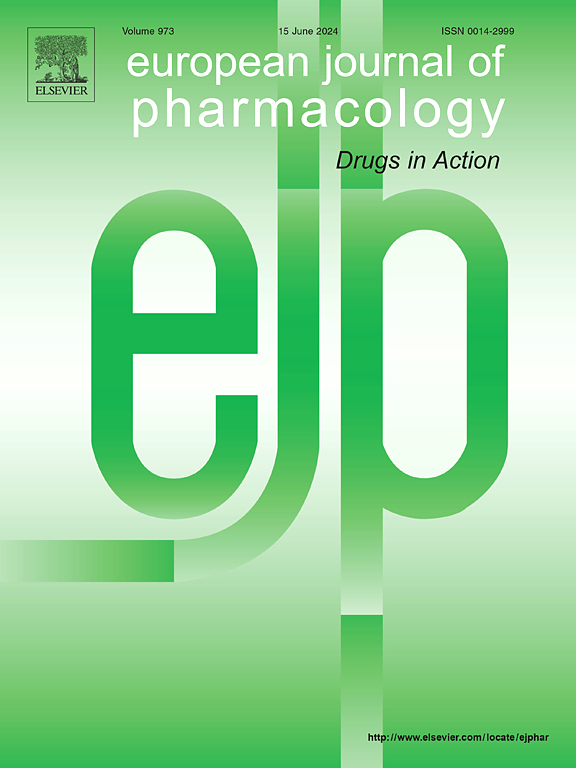肠道信号转导途径的调节:对肠道健康和疾病的影响。
IF 4.2
3区 医学
Q1 PHARMACOLOGY & PHARMACY
引用次数: 0
摘要
本文章由计算机程序翻译,如有差异,请以英文原文为准。

Modulation of intestinal signal transduction pathways: Implications on gut health and disease
The gastrointestinal (GI) tract is essential for nutrient absorption and protection against pathogens and toxins. Its epithelial lining undergoes continuous renewal every 3–5 days, driven by intestinal stem cells (ISCs). ISCs are primarily of two types: actively proliferating crypt base columnar cells (CBCs), marked by Lgr5 expression, and quiescent label-retaining cells (+4 LRCs), which act as reserves during stress or injury. Key signaling pathways, such as Wnt/β-catenin, Notch, bone morphogenetic proteins (BMPs), and epidermal growth factor (EGF), are crucial in maintaining epithelial homeostasis. These pathways regulate ISCs proliferation and their differentiation into specialized epithelial cells, including goblet cells, paneth cells, enteroendocrine cells, and enterocytes. Disruptions in ISCs signaling can arise from extrinsic factors (e.g., dietary additives, heavy metals, pathogens) or intrinsic factors (e.g., genetic mutations, metabolic changes). Such disruptions impair tight junction integrity, induce inflammation, and promote gut dysbiosis, often perpetuating a cycle of intestinal dysfunction. Chronic ISCs dysregulation is linked to severe intestinal disorders, including colorectal cancer (CRC) and inflammatory bowel disease (IBD). This review emphasizes the critical role of ISCs in maintaining epithelial renewal and how various factors disrupt their signaling pathways, jeopardizing intestinal health and contributing to diseases. It also underscores the importance of protecting ISCs function to mitigate the risk of inflammation-related disorders. It highlights how understanding these regulatory mechanisms could guide therapeutic strategies for preserving GI tract integrity and treating related conditions.
求助全文
通过发布文献求助,成功后即可免费获取论文全文。
去求助
来源期刊
CiteScore
9.00
自引率
0.00%
发文量
572
审稿时长
34 days
期刊介绍:
The European Journal of Pharmacology publishes research papers covering all aspects of experimental pharmacology with focus on the mechanism of action of structurally identified compounds affecting biological systems.
The scope includes:
Behavioural pharmacology
Neuropharmacology and analgesia
Cardiovascular pharmacology
Pulmonary, gastrointestinal and urogenital pharmacology
Endocrine pharmacology
Immunopharmacology and inflammation
Molecular and cellular pharmacology
Regenerative pharmacology
Biologicals and biotherapeutics
Translational pharmacology
Nutriceutical pharmacology.

 求助内容:
求助内容: 应助结果提醒方式:
应助结果提醒方式:


